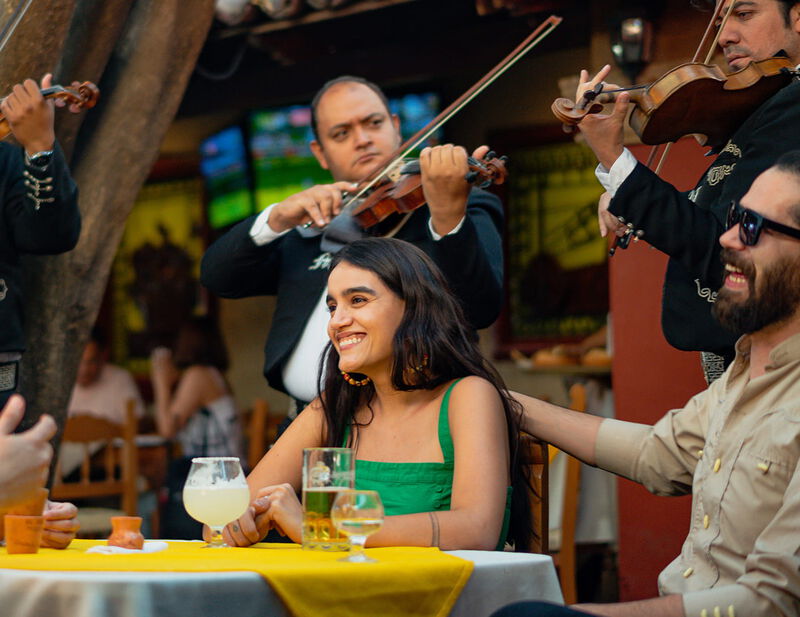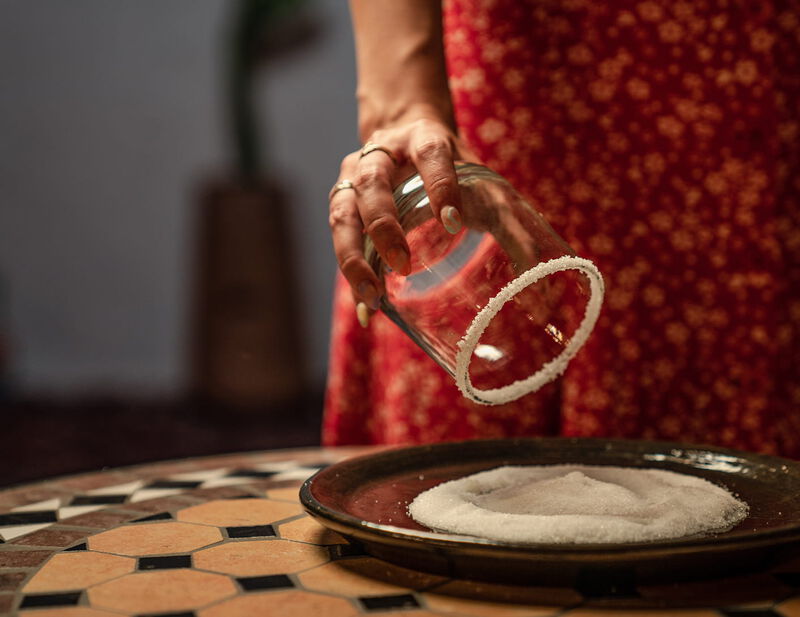
Parce Rum 12-Year Aged
Rum
Greg Horton, ReserveBar Spirits Contributor
Cinco de Mayo has gained in popularity to become either a top 10 or even a top 5 drinking holiday in the United States, depending on the source you’re using. Whichever the case, it’s clear that this once-obscure regional Mexican holiday is now one of the biggest days of celebration in the U.S. As recently as 2020, a majority of Americans thought Cinco de Mayo is an observance of Mexican Independence Day or admitted to not knowing what the holiday celebrates. While a whopping forty percent knew it wasn’t an independence day celebration, only a single-digit percentage of that group knew what the day is actually about.

On May 5, 1862, a beleaguered contingent of Mestizo (people of mixed Spanish and indigenous heritage) and indigenous Zapotec troops under the command of General Ignacio Zaragoza defeated French troops at the Battle of Puebla, a region southeast of Mexico City. The French had hoped to establish a monarchy in North America under Maximillian of Austria, and they had the help of wealthy landowners to try to do this. The victory wasn’t the beginning of Mexican independence — the war for Independence began in 1810 and ended in 1821 — but it did reaffirm Mexico’s resolve to remain independent.
Beginning in 1863, Mexican-Americans began commemorating the Battle of Puebla in the former Mexican states and territories in much the same ways it’s been celebrated in Puebla for the past 150 years: parades, dances, food, and speeches. Other than its observance by Mexican-Americans and Pueblans, it was mostly unknown in the rest of the U.S. and ignored in other Mexican states for generations.

How then does Cinco de Mayo now attract tens of thousands of celebrants in New York City, Chicago and Los Angeles? How has it become a de facto American holiday? How did it become associated with independence in the American imagination, given that Mexican Independence Day is September 16?
In the 1960s, Mexican-American activists focused on Cinco de Mayo as a way to inspire pride in Mexican culture and heritage. The emphasis gained traction in communities where Mexican immigrants and a new generation of Mexican-Americans had settled all over the U.S., in cities as different as Minneapolis, Dallas, San Diego, and New York City.
So-called Mexican restaurants — usually purveyors of Americanized Tex-Mex cuisine — had long struggled with attracting actual Mexican immigrants and Mexican-Americans for a variety of reasons. Still, the marketing machine surrounding American business saw in Cinco de Mayo an opportunity. Drink specials started appearing on menus, along with unfortunate stereotypes, and prominent ad campaigns conflated Mexican Independence Day with Cinco de Mayo. They created an atmosphere where Mexican beers and tequilas flowed freely to accompany chips and salsa, guacamole, and tacos. America was suddenly in love with this celebration of “Mexican culture.”
By 2000, the cultural holiday was an established American drinking holiday. By 2014, it was the second busiest non-winter drinking day of the year behind only the 4th of July, a reality that further solidified the independence theme in the American consciousness and marketing campaigns. The drinks of choice were typically Corona, Tecate, Dos Equis, margaritas, and tequila shots. Mezcal has grown exponentially in popularity since then, finding its own place on Cinco de Mayo menus.

As cocktails go, margaritas continue to dominate. Though, as bartending has improved in the U.S., those old sugar bombs have given way to more elevated margaritas, featuring premium spirits and quality ingredients like agave instead of simple syrup and fresh juices instead of sweet and sour in powder and liquid forms. The food menus still haven’t caught up yet, with Tex-Mex dominating in some regions — a truly odd twist given that Puebla is roughly 1,000 miles from where Tex-Mex emerged in the northern Mexican states. We can hope for mole poblano, chile en nogado, and tacos arabes to show up on Cinco de Mayo menus soon, but for now, the best we can probably expect is better cocktails for our celebrations.
To facilitate that, let us introduce to you five cocktails recipes, including a margarita riff, to help you celebrate in style. Because it is a celebration, there’s even a recipe for a delicious horchata shooter. If you’re feeling a little more sophisticated, and if you love tequila, consider sipping Cincoro Reposado or Añejo or Flecha Azul. Unlike in the U.S., the most popular cocktail for the celebration in Mexico is the Paloma, not the margarita, so it seems fitting to start with a refreshing riff on the classic.
Shake in a tin with ice and strain into a Collins glass. Top with Topo Chico. Lime zest and salt garnish on the rim.
Shake in a tin with ice and strain over ice in a salt-rimmed rocks glass. Garnish with a lime wheel, fresh or dehydrated, or chili pepper if you’re wanting a little more kick.
Stir with ice in a mixing glass. Strain into a coupe glass and serve up. Garnish with expressed orange peel.
Shake with ice and pour into a chilled shot glass. Garnish with a dusting of ground cinnamon.
Reserve Bar has a variety of tequilas and mezcals available to customize your cocktails to your own taste. Browse our Tequila or Mezcal & Agave Spirits collections to find the perfect spirits to celebrate Cinco de Mayo.